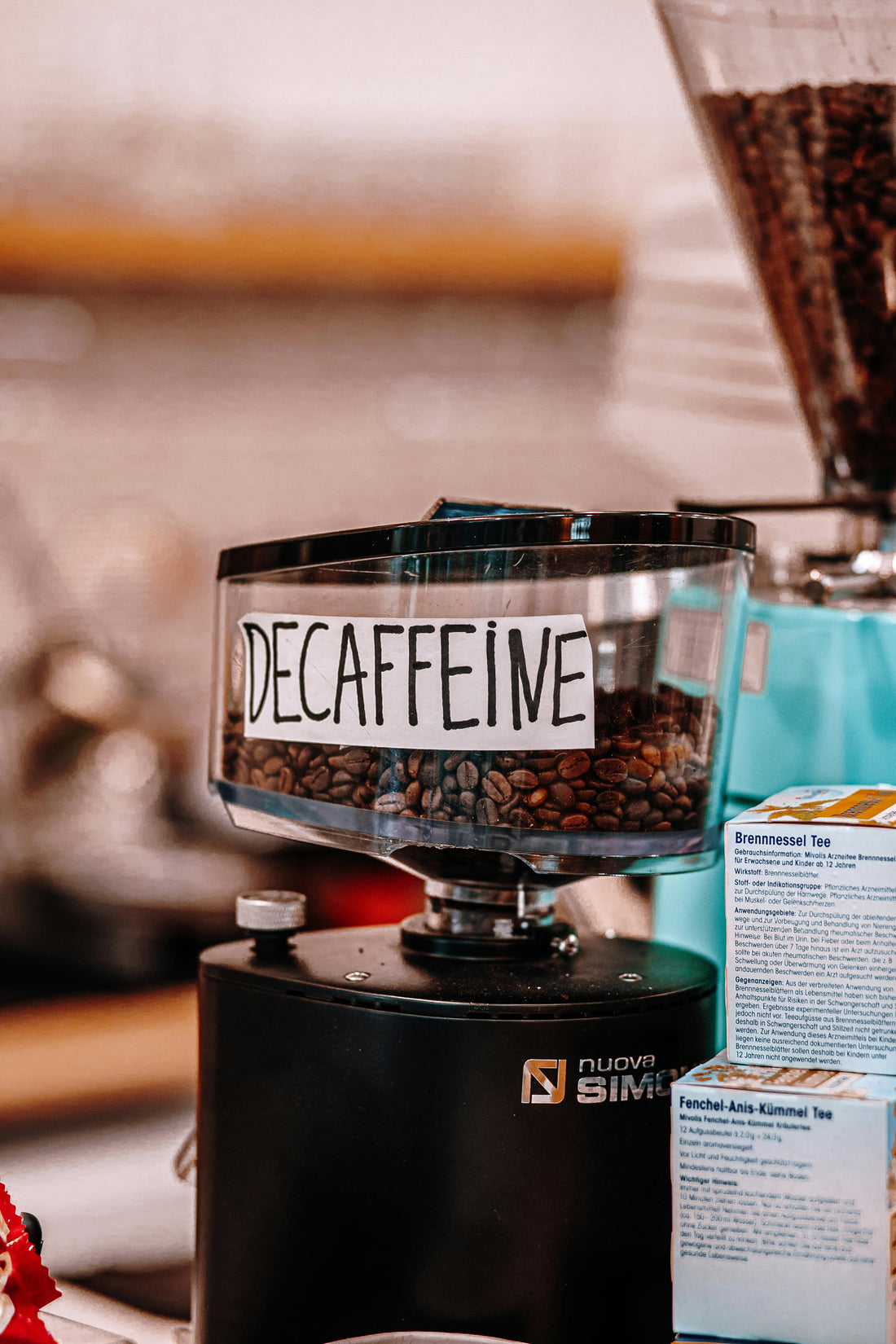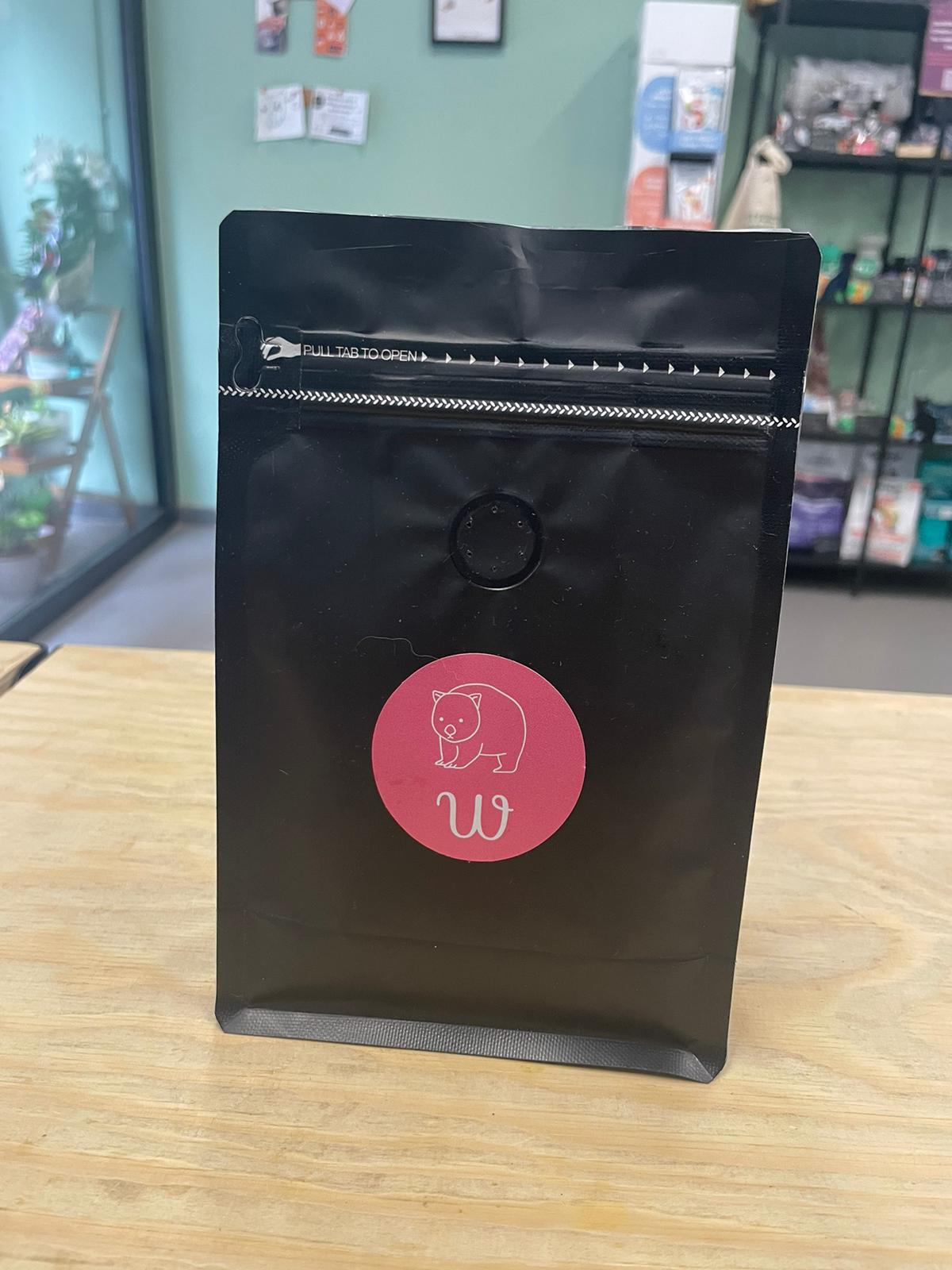
The truth behind decaffeinated coffee, is it good to drink?
Share
What is decaffeinated coffee and what are its processes?
Decaffeinated coffee has gained popularity in recent years, especially among those who love the taste of coffee but prefer to avoid caffeine for various reasons. But what exactly is decaffeinated coffee and how can you eliminate caffeine without losing its characteristic flavor? In this article, we will explore what decaffeinated coffee is, the different processes to decaffeinate it, and why the water wash method is considered the best.
What is decaffeinated coffee?
Decaffeinated coffee is coffee from which at least 97% of the caffeine has been removed. Despite this process, decaffeinated coffee maintains most of its organoleptic properties, that is, its characteristic flavor and aroma. This makes it an ideal choice for those who want to enjoy a cup of coffee without the stimulating effects of caffeine.
Coffee decaffeination processes
There are several methods to remove caffeine from coffee beans, and each has its own advantages and disadvantages. Below we detail the most common ones:
- Chemical Solvent Process: This method uses chemical solvents such as methylene chloride or ethyl acetate to remove caffeine. Coffee beans are soaked in the solvent, which binds to the caffeine and is then extracted from the bean. Subsequently, the grains are rinsed to remove traces of solvent. Although effective and inexpensive, some consumers prefer to avoid this method due to the use of chemicals. It is the process used in capsule coffee and most commercial coffees.
- Carbon dioxide (CO2) process: In this method, coffee beans are moistened and placed in an extraction vessel where CO2 is applied in a supercritical state. CO2 acts as a natural solvent, extracting the caffeine without affecting the flavor components. This method is considered safer and more natural than the use of chemical solvents, although it is more expensive.
- Swiss Water Process: The Swiss Water process is an all-natural method that uses only water to remove caffeine. In this process, coffee beans are soaked in hot water, allowing the caffeine and other solubles to dissolve. Water saturated with coffee compounds, but without caffeine, is filtered through an activated carbon filter that traps the caffeine. This caffeine-free water is then used to steep more coffee beans, repeating the cycle until the caffeine is removed.
- Mountain Water Process: Similar to the Swiss Water method, the Mountain Water process uses pure glacier water from Pico Orizaba in Mexico. Coffee beans are soaked in this pure water, where the caffeine is dissolved and filtered through an activated carbon filter. This method is appreciated for its use of high-quality water and its natural approach.
What is the best method {
Of all the methods mentioned, the water washing process (either Swiss Water or Mountain Water) stands out as the best for several reasons. First of all, it is a completely natural method that does not use chemical solvents, making it safe for health and the environment. Additionally, this process better preserves the flavors and aromas of the coffee, resulting in a richer, more authentic cup of coffee.
The water washing process ensures that the coffee beans maintain their original characteristics, allowing coffee lovers to enjoy their favorite beverage without compromising the taste or the negative effects of caffeine. For these reasons, many consider that the best decaffeinated coffee is that obtained through natural processes such as washing with water.
In conclusion, decaffeinated coffee offers an excellent alternative for those who want to reduce their caffeine consumption without giving up the pleasure of a good cup of coffee. Among the various decaffeination methods, water washing processes are the most recommended for their natural approach and their ability to preserve the quality of the coffee. Thus, consumers can enjoy delicious and healthy coffee, free of caffeine and unwanted chemicals.

